If there’s one thing you probably know about Nara already, it’s famous for…
Deer! As you walk around Nara, you’ll come across random herds of the spotted Sika deer wandering around freely, pulling up some grass or nosing after tourists for food. There seriously are deer everywhere (watch out for their poop!) – the story is that a god came riding in one day on a white deer when he was visiting, and since then they’ve regarded deer as divine messengers of the gods. Traffic waits patiently for the errant deer to cross the street; it apparently was a crime at one point to harm the deer, so you’re definitely not finding any sort of venison in this town!
Nara is a pretty small place – the touristy stuff to visit is pretty concentrated in the centre of Nara, so you could probably spend a day or so just walking around and exploring the place quite comfortably. We were only there in the late afternoon, so here’s where we went:
Todaiji Temple
We reached Nara around 3pm, so we decided to head to the main attraction Todaiji first before it closed. It’s about a 15-20 walk (1.7km) away from the Kintetsu station. The walk there is pretty nice, or it would be if it wasn’t so darn hot (story of the entire trip to Osaka!) as Nara has quite a lot of trees and greenery.
Many deer await as you approach the temple, drawn by the carts of Shika Sembei (deer crackers) that the locals sell so you can indulge yourself in some deer feeding. Because of this, the deer can get pretty aggressive when it comes to food, nudging you with their noses and antlers, and even biting at your sleeve and shirt.
One local shop lady advised us to keep our maps hidden as the deer come in a hurry thinking it’s food! They’re smart enough not to attack the carts though, they simply wait for someone to buy some sembei and then immediately descend upon that person, eek.
The first gate you pass through is Nandaimon, or the South gate. Two sentries stand guard on either side of the doorway, and I swear to you I thought these were pictures of hoarding rather than actual statues! Turns out they just did really good shading on the statues that gives it an almost unreal 3D like look.
The main Daibutsuden Hall lies at the end of the path and is quite distinct for the pair of golden horns on its roof. Not sure why they’re there though, perhaps for the deer that popular Nara?
It also houses the largest Vairocana Buddha statue in the world. We take a walk inside, admiring the large statues and the sheer size of the temple. The air was really still though, but man that Buddha was huge, seeing it from the back sure was something special.
There’s a post in the left corner of the temple with a hole in the bottom of the pillar – legend is that whoever crawls through it will have a spot reserved for them in paradise! It’s quite small, probably good for the children, neither me nor Y decide to risk getting jammed up in a wooden pillar!
This temple hasn’t had the best of luck; it’s been rebuilt twice because of fires, and the Buddha too has had to be restored several times. The current building is one of the largest wooden structures around, but is actually smaller than its previous versions!
Outside the temple is a Binzuru statue – apparently if you want to cure an ailment in your body, you rub the corresponding portion on the Binzuru statue before rubbing your ailing limb and voila, you’re healed! I rubbed my right knee (only because that was the best I could reach), hopefully that worked!
There were larger grounds around Todaiji to explore – more gardens and temples, but it was way too hot so we opted to head out. Todaiji was closing by the time we left it – we headed back up the road towards the National Museum but that closes at 5pm too.
We took a break in a nearby cafe just opposite the museum – great view of the park outside the museum where we could watch deer. It was empty for most of the time that we were there, so we just rested our tired feet, got a nice cold drink (my 3rd ice cream of the day!) and caught up on a bit of travel journalling and sketching.
Even the deer were getting ready to retire for the night as they gathered in their herds on the grass patch. The deer are really used to people, they let us sit among them, occasionally stroke their fur or touch their horns without getting too twitchy. The only exception would probably be when Y decided to attempt a jumpshot among them. That definitely panicked them for a bit!
Kofukuji Temple
We had actually walked by this temple on the way to Todaiji, but they were doing some reconstruction on some of the buildings so it was closed to entry. On our way back after hanging out with the deer at the museum, we took a ‘back route’ parallel to the main road and ended up on the grounds of Kofukuji.
There were little shrines to see, and a much smaller Binzuru statue as well. It was here that we encountered more deer, smaller mostly male groups vs the larger female dominated ones at Todaiji and the museum. Not so many pix here because it was getting dark and my pix didn’t come out so well…
We then took a back lane into the covered shopping arcade, where you can pick up all the deer/Nara souvenirs and snacks right next to the Kintetsu station.
Overall Nara is not a bad day trip (or half a day trip if you’re the sort to get bored by temples after awhile) from Osaka, relatively easy to navigate, and the wild deer make it just a little bit different from the rest of the other serene spots in Japan with temples. Do check it out if you’re looking to take a break from the busy cities.
Thing to know about Nara
Getting to Nara
We took the Kintetsu Line from Namba Kintetsu station in Osaka. The ticket cost 540 yen (1 way) and the trains come pretty often. Take the express train – the normal trains stop at more stations and take much longer for you to get anywhere. There is also a JR Nara Line, but that station is further away from Nara Park and Todaiji.
At Nara Kintetsu station, you can get more info from the tourist information booth on the 1st floor, and for stamp fans look out for their cute deer stamps! I suggest walking, but there are buses to take if you’re confident about not getting lost…
Todaiji Temple
Todaiji is about 1.7km from the Kintetsu station. It costs 600 yen to enter the Daibutsuden and hours are from 7.30am – 5.30pm thereabouts depending which time of the year you come.
Kofukuji Temple
Kofukuji is less than 5 mins away from the Kintetsu station. The grounds are open for viewing, but there is an admission fee for the museum Kokuhokan. The Central Golden Hall is currently undergoing reconstruction and will only be reopened in 2018.
Cafe
I’m not sure what the Japanese translation of the name is, but this cute little cafe is on the 2nd level just opposite the entrance of the National Museum where the little Sembei shop is. I had a coke float for 500 yen.
Want to see more posts from this trip to Osaka and other parts of Kansai? Or why not see where else I’ve visited in Japan?

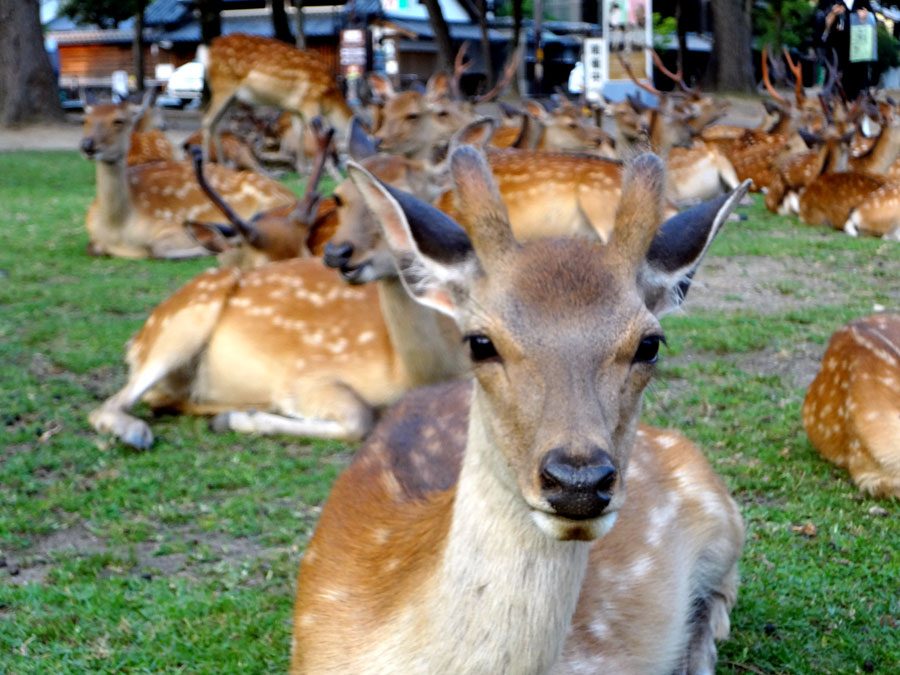

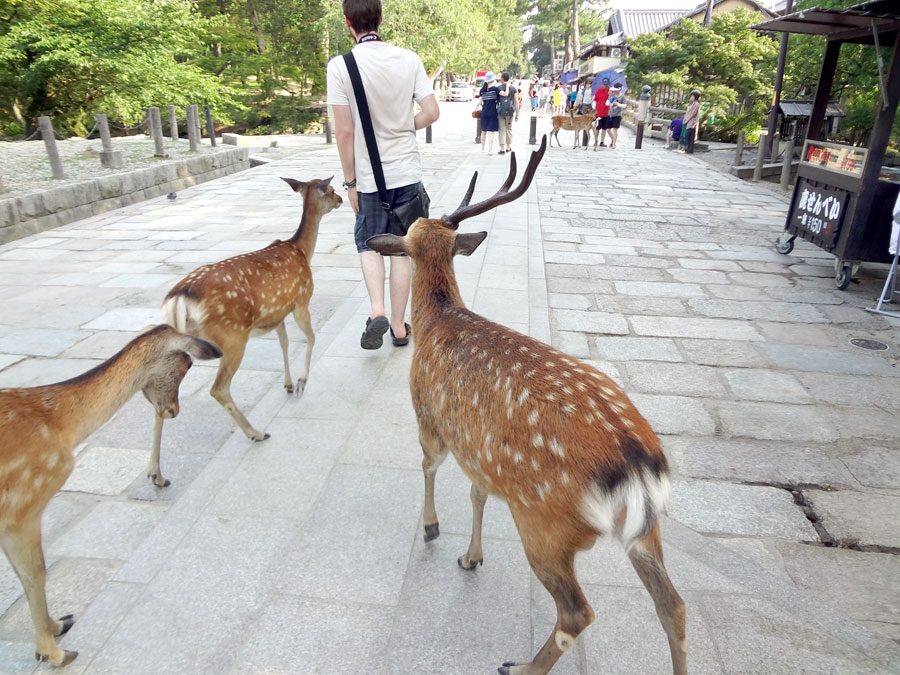
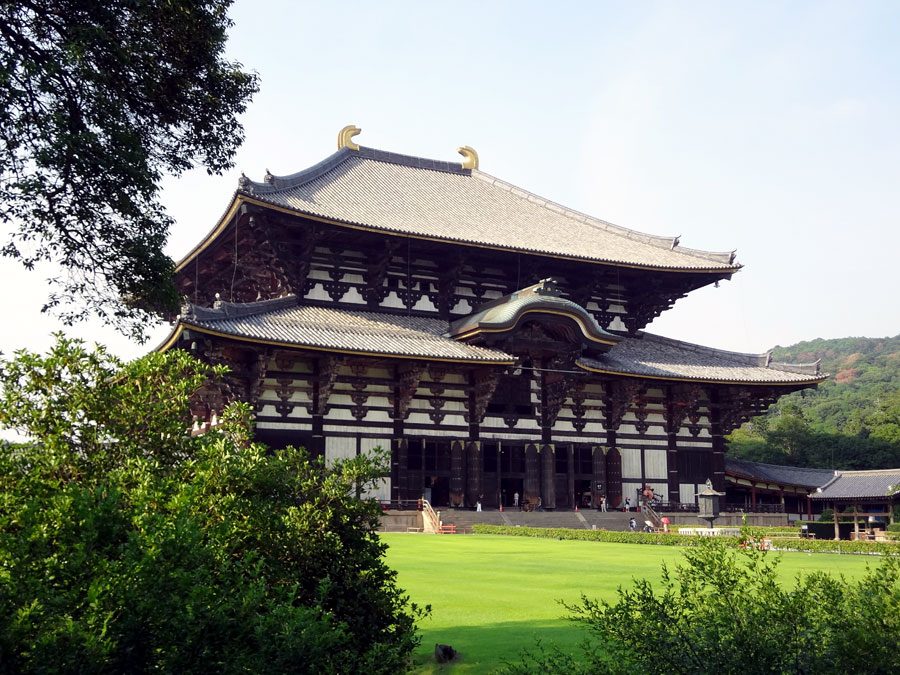
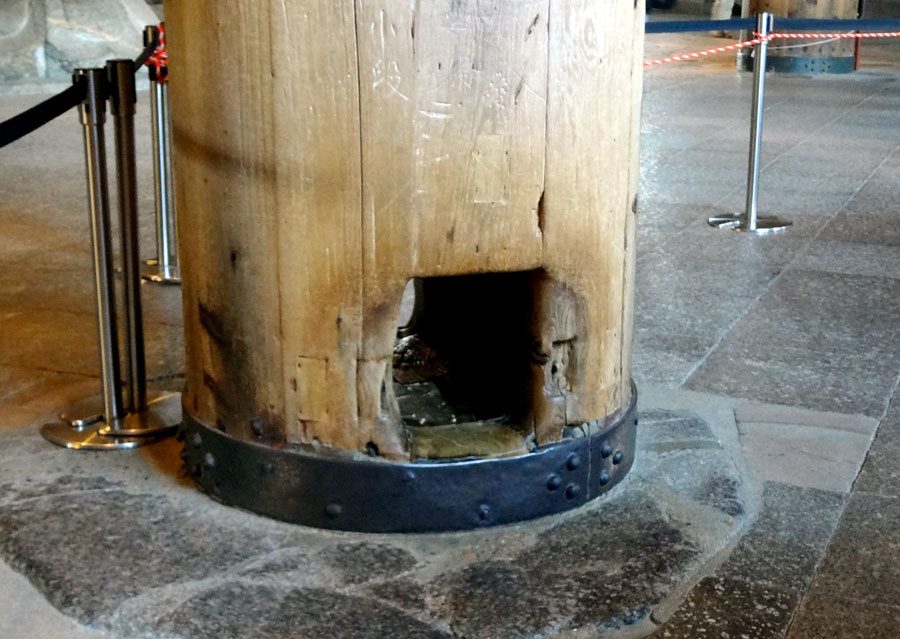
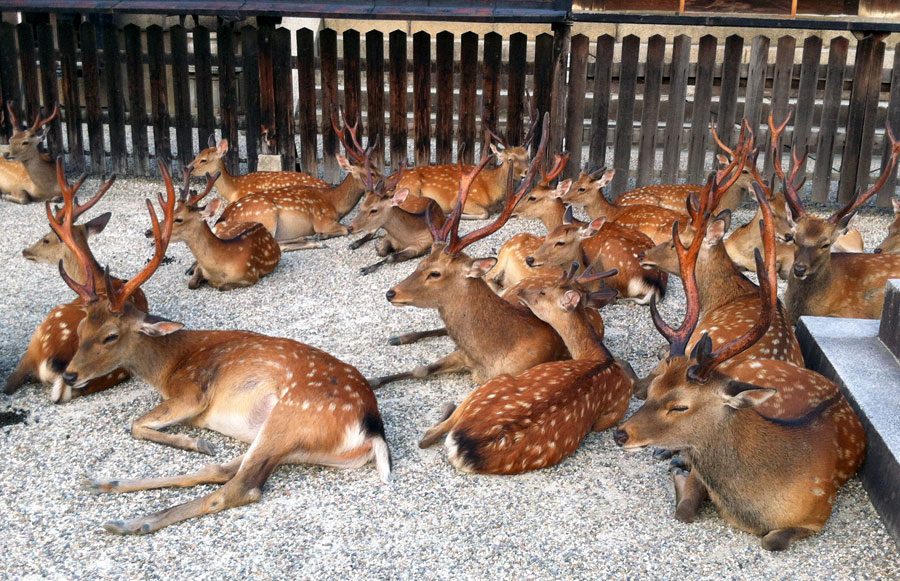
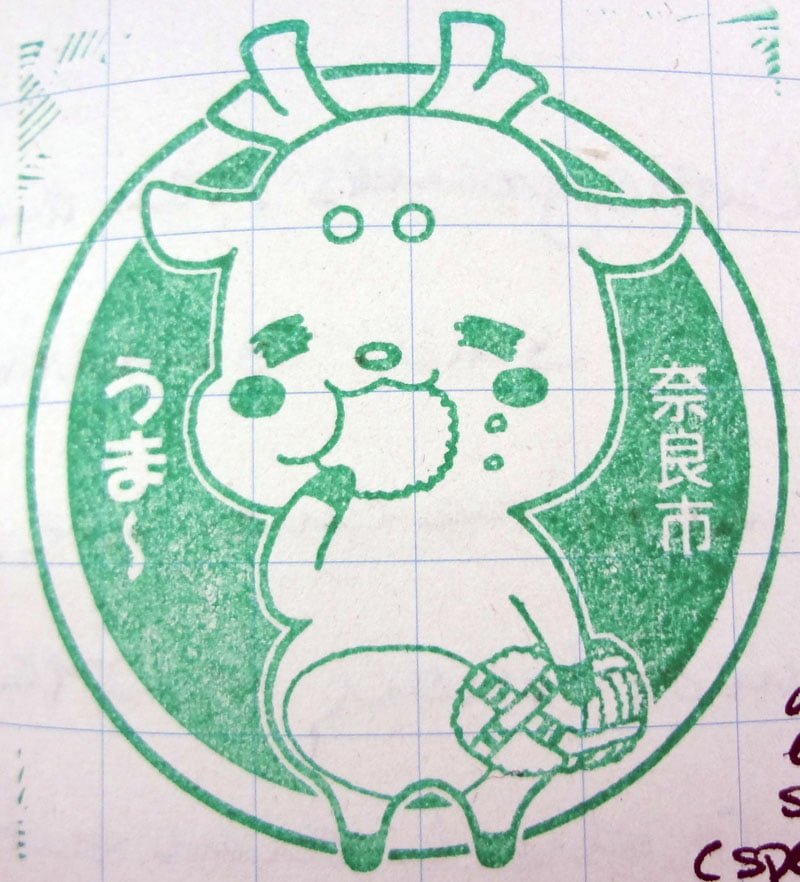
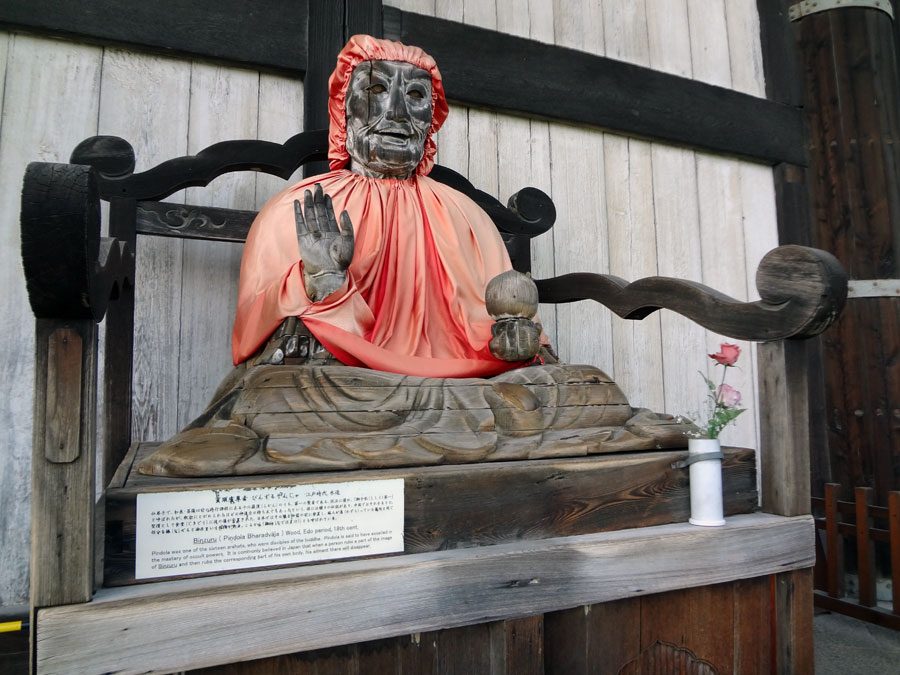

Adamo Lussana
Thursday 12th of January 2017
Todai-ji is wonderful temple. I love Japan! ... I hope one day to get back on Japan